Do you have a question about the Toyota SIENNA 2022 and is the answer not in the manual?
Guidance on safe driving practices, including before and during driving.
Precautions and advice for transporting children safely.
Information on emergency systems and services.
Explanation of the hybrid system's features and operation.
Information about the vehicle's security and alarm systems.
Details about warning lights, gauges, and indicators on the instrument panel.
Information about electronic and mechanical keys.
Procedures for operating and securing vehicle doors.
Instructions on adjusting front and rear seats for comfort and safety.
Guidance on adjusting the steering wheel and mirrors for optimal driving posture.
Instructions for operating power windows and the moon roof.
Essential checks and procedures to follow before starting to drive.
Instructions on operating the power switch, EV drive mode, and hybrid transmission.
How to use the headlight switch, wipers, and washers.
Instructions on opening the fuel tank and refueling the vehicle safely.
Information on systems like PCS, LTA, RSA, and cruise control.
Advice for efficient and safe driving, including winter tips.
Instructions for operating the front and rear automatic air conditioning and defogger.
Details on interior lighting, including personal lights and courtesy lights.
Information on glove box, console box, cup holders, and luggage compartment features.
Information on sun visors, vanity mirrors, power outlets, and wireless charger.
Guidance on cleaning and protecting the vehicle's exterior and interior.
Information on general and scheduled maintenance requirements.
Procedures for tasks like checking fluids, replacing bulbs, and tire rotation.
Emergency flashers and what to do if the vehicle must be stopped.
Procedures for towing, dealing with malfunctions, warning lights, and flat tires.
Details on dimensions, weights, engine, fuel, hybrid system, and lubrication.
How to change vehicle settings for audio, display, and driving modes.
Items that need initialization after battery reconnection or maintenance.
Information on reporting safety defects and specific instructions for Canadian owners.
Guidance on safe driving practices, including before and during driving.
Precautions and advice for transporting children safely.
Information on emergency systems and services.
Explanation of the hybrid system's features and operation.
Information about the vehicle's security and alarm systems.
Details about warning lights, gauges, and indicators on the instrument panel.
Information about electronic and mechanical keys.
Procedures for operating and securing vehicle doors.
Instructions on adjusting front and rear seats for comfort and safety.
Guidance on adjusting the steering wheel and mirrors for optimal driving posture.
Instructions for operating power windows and the moon roof.
Essential checks and procedures to follow before starting to drive.
Instructions on operating the power switch, EV drive mode, and hybrid transmission.
How to use the headlight switch, wipers, and washers.
Instructions on opening the fuel tank and refueling the vehicle safely.
Information on systems like PCS, LTA, RSA, and cruise control.
Advice for efficient and safe driving, including winter tips.
Instructions for operating the front and rear automatic air conditioning and defogger.
Details on interior lighting, including personal lights and courtesy lights.
Information on glove box, console box, cup holders, and luggage compartment features.
Information on sun visors, vanity mirrors, power outlets, and wireless charger.
Guidance on cleaning and protecting the vehicle's exterior and interior.
Information on general and scheduled maintenance requirements.
Procedures for tasks like checking fluids, replacing bulbs, and tire rotation.
Emergency flashers and what to do if the vehicle must be stopped.
Procedures for towing, dealing with malfunctions, warning lights, and flat tires.
Details on dimensions, weights, engine, fuel, hybrid system, and lubrication.
How to change vehicle settings for audio, display, and driving modes.
Items that need initialization after battery reconnection or maintenance.
Information on reporting safety defects and specific instructions for Canadian owners.
| Brand | Toyota |
|---|---|
| Model | SIENNA 2022 |
| Category | Automobile |
| Language | English |
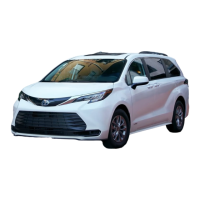
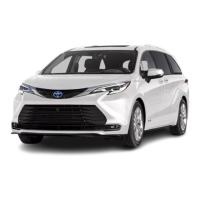

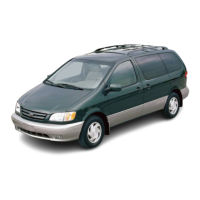

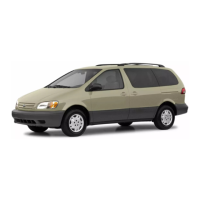
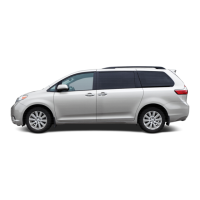
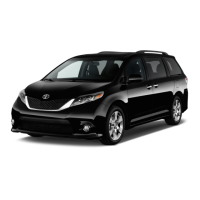


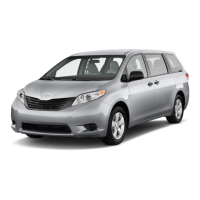

